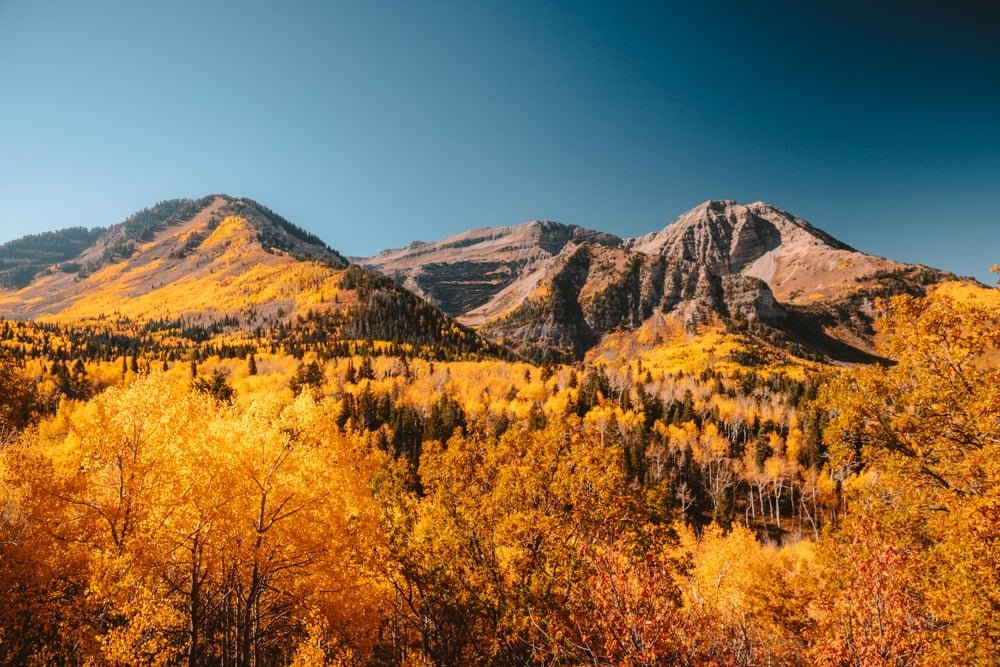When the leaves of deciduous trees turn into a spectacular display of colors before gracefully falling to the ground. Ever wondered how this happens? Let's dive into the fascinating process.
Sensing the Change
Deciduous trees, unlike their evergreen cousins, have a unique way of preparing for winter. As the days get shorter and temperatures drop, these trees sense the changes in their environment. This is primarily due to the decrease in sunlight, which is a crucial cue for them. You see, trees rely heavily on sunlight for photosynthesis – the process of turning light into the energy they need to grow.
The Colorful Transformation
During the warmer months, the leaves are bustling factories of chlorophyll – the pigment that gives them their green color and is essential for photosynthesis. This green pigment is so dominant that it masks other colors present in the leaves.
As autumn approaches, the reduced sunlight triggers the trees to start a sort of shutdown process. The chlorophyll in the leaves breaks down, and as it fades away, other pigments that were there all along start to show. This is when you see the yellows and oranges, thanks to pigments called carotenoids (the same ones that make carrots orange!).
But wait, there's more! Some trees, like oaks and dogwoods, go through an additional chemical change. Sugars trapped in the leaves can lead to the production of new pigments called anthocyanins, which weren't present during the growing season. These are responsible for the vibrant reds and purples that add to the autumnal spectacle.
The Weather's Role
Interestingly, the intensity of the fall colors can be influenced by the weather. The best color displays occur when there's a series of warm, sunny days and cool, but not freezing, nights. Under these conditions, the bright light and cool temperatures help increase the concentration of anthocyanins, leading to more vivid reds and purples.
The Final Drop
As the tree prepares for winter, it starts to create a protective seal between the leaf and the branch. This process eventually leads to the leaf falling off, a survival mechanism to conserve water and energy during the cold, harsh winter months.
So, next time you're out enjoying the fall colors, remember, it's not just a beautiful spectacle but a complex, survival-driven process of nature. Isn't that just fascinating?



Share:
Jovian Planets
Idaho's Volcanic History